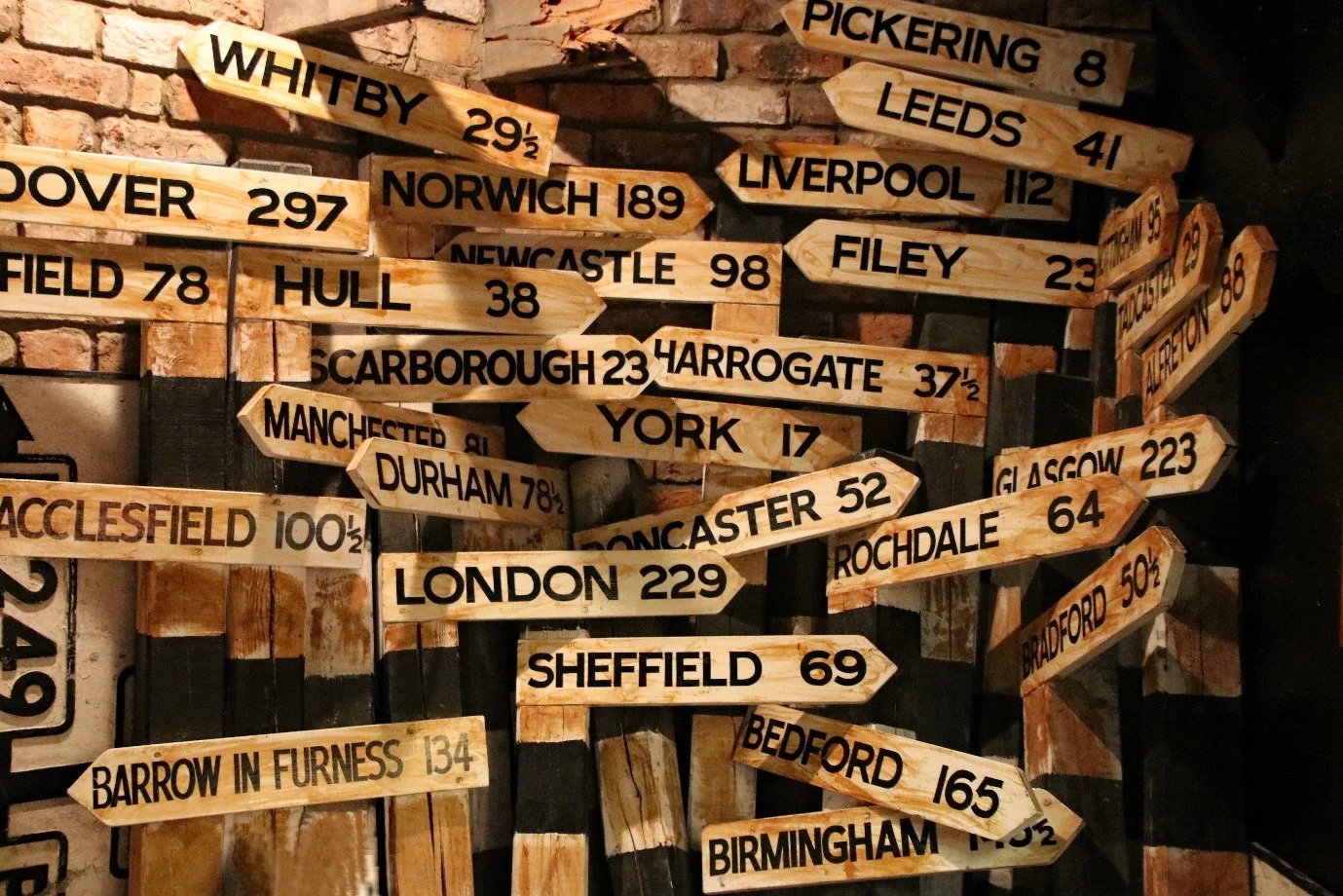What insights did I get from attending last week’s Medical Technology Association of Australia’s (MTAA) summit on Value-Based Health Care?
Read MoreThe word strategy is often misused and misunderstood. When we use the word we mean the simple definition used by the McKinsey consultant Kenichi Omhae: strategy is the intersection of three groups: customers, competitors and the company.
Read MoreWith the MTAA Value Summit quickly approaching and World Book Day next week, I thought I would share an extract from my successful book with Gary Peacock: Managing B2B customers you can’t afford to lose. This extract concentrates on creating value through joint partnerships.
Read MoreConsider a typical two person negotiation: buying a house or buying a computer. Our experience shows most of these negotiations involve four major issues. For example, with a house: buy price, when to exchange money, size of deposit, what existing items in the house will be included. Or, when buying a new car: buy price, trade in value for existing car, length of warranty and what extras might be included (e.g. better audio system, rust proofing or special wheels). Whenever preparing for a negotiation we always advise you to use a planning sheet.
Read MoreCompanies are spending more time on how to compete in competitive markets using value. Four factors give best companies a competitive edge that drives growth:
- Intimately manage your top 10 – 20 key clients.
- Identify and manage your exceptional & strategic suppliers.
- Focus on your unique value proposition for your market – your competitive edge.
- Align throughout the company around the top 3 factors, always— allocating resources, developing talent & managing operating costs— for growth.
In an earlier blog, we explained the first two factors that drive growth. In this blog, we will expand on factors 3 and 4.
Read MoreToday's customers are intently focused on getting the lowest price. With advances in technology customers can compare products and prices before they speak to you. Increased competition is making price pressure more intense, with a race to the lowest price being the easiest way to win the deal. But, at what cost to your company?
Read MoreEveryone is individual, yet we alter our behaviour according to different circumstances. Think about the way you interact with your friends. You don’t treat all your friends the same, do you? Isn’t there someone you know who’s a bit more sensitive than most – so you have to be extra careful not to hurt their feelings. Or what about that member of the family with such thick skin that you need to be blunt?
Read MoreTo gain an advantage in an increasingly competitive marketplace, it is essential that your culture represents your strategy. So, how can you start changing your culture? You can make this complex or simple. Let’s assume you want to make a start, and you want to understand some practical levers you can pull to start change.
Read MoreBy Stephen Kozicki & Gary Peacock
Over the past three years, the world has changed dramatically, and forever from digital disruption, Brexit and Trump. Your industry and your top clients are feeling the stress as their markets change, fast. These fast changes mean that your business needs to be more agile in response to the market. For companies unprepared for these changes this means lower revenue and lower profits.
Our blogs are usually short and punchy to grab your attention. This blog is a little longer than usual because delivering growth is just too important and too urgent to reduce the ideas down to a page, so we have split it into two parts.
To Grow – Act Now!
Read MoreCompetition is increasing along with pressure on price, which can lead to a race to become the lowest price. However, discounting prices further to keep customers only prevents you from being competitive in the future because you have lower margins to invest.
With companies having fewer but larger customers it means that the top 10-20 customers for a company typically represent 60-80% of revenue and profit. Losing one of these customers can have dramatic impacts on a company - adding still further pressure to discount prices.
Read MoreBusiness to business (B2B) or Business to Consumer (B2C), it's just selling and marketing to one person, isn't it? With B2C it's selling and marketing to the person who picks the product off the shelf or clicks the link on a webpage. With B2B, its selling to the buyer who gives you a purchase order, isn't it? To be successful you must understand two critical differences between B2B and B2C.
Read MorePeople rarely talk about the C word because it's not something easy to mention in business circles. Mention culture and at least one business person in the room will roll their eyes. Why? People are reluctant to talk about culture because they have seen many unsuccessful attempts to change the culture. Often these attempts use posters and coffee cups.
Most attempts to change culture fail. Why? Because it's tough and it's often an unequal fight between well-meaning management and the existing culture: a man and a shotgun versus a man and a tank.
So, should you give up? Start by understanding the risk.
Read MoreTo be blunt, for customers usually, there are not many significant differences between suppliers. Occasionally, you have a special product or service that no-one else has because it's protected by patent or special knowledge. Even then, the advantage lasts for a limited time. So, most of your time you compete with similar products and services.
So what?
Read MoreAs negotiations become ever more complex, it is necessary to find more creative solutions to make sure both parties gain value. To be creative in a negotiation you need to think differently, using your imagination to find original ideas. Here are three ways you can open your mind to be creative:
Read MoreIn Engineering and Psychology, there is a principle of Least Work. That's least physical work and least mental work. Our experience tells us if something is mentally hard, many people will tend to do nothing or keep doing the same.
So what?
Read MoreEvery negotiator gets a No, regularly. If you don't get a No regularly, then you are too generous and leaving too much value on the table. Negotiators shouldn't be afraid of No because No helps define the limits of the current negotiation. So, what should you do when you hear No?
Read MoreLet's deal with the 'why' first. Everyone is talking about the era of big data. The account plan is about insights, not data, and it is about how to manage a top account in a very competitive marketplace. A key to the account plan is to use it as a living document to drive value with key stakeholders and not just ticking a box for the 'call' ratios on this account.
Read MoreSuccessful negotiating teams need to be well-prepared with solid research, 'what-if' scenarios and all the other essentials of negotiating. But they also need to be well-prepared as a team.
Read MoreBefore you even open your mouth, the audience will begin to make judgements about you. Their first impressions of you are based on your image.
Read MoreTo find out what the real interests are in your negotiation you need to follow Roger Fisher's advice: separate the people from the substantive issues.
Over the years, I have been an observer and adviser to many global negotiations with individuals and companies that fail to heed this advice, and they always fail.
Read More





![Focus on Growth_Now! [Part 2]](https://images.squarespace-cdn.com/content/v1/5385613ee4b0883f7108f96f/1521604438735-P19PUZWWDZO07R7PSAHP/Female+bodybuilder+compressed.jpg)






![With customer's you can't afford to lose, watch out for the C word [Culture vs IT]](https://images.squarespace-cdn.com/content/v1/5385613ee4b0883f7108f96f/1516678144609-EYAEY70NIV4AHEP2FHWE/employees+1+compressed.jpg)







